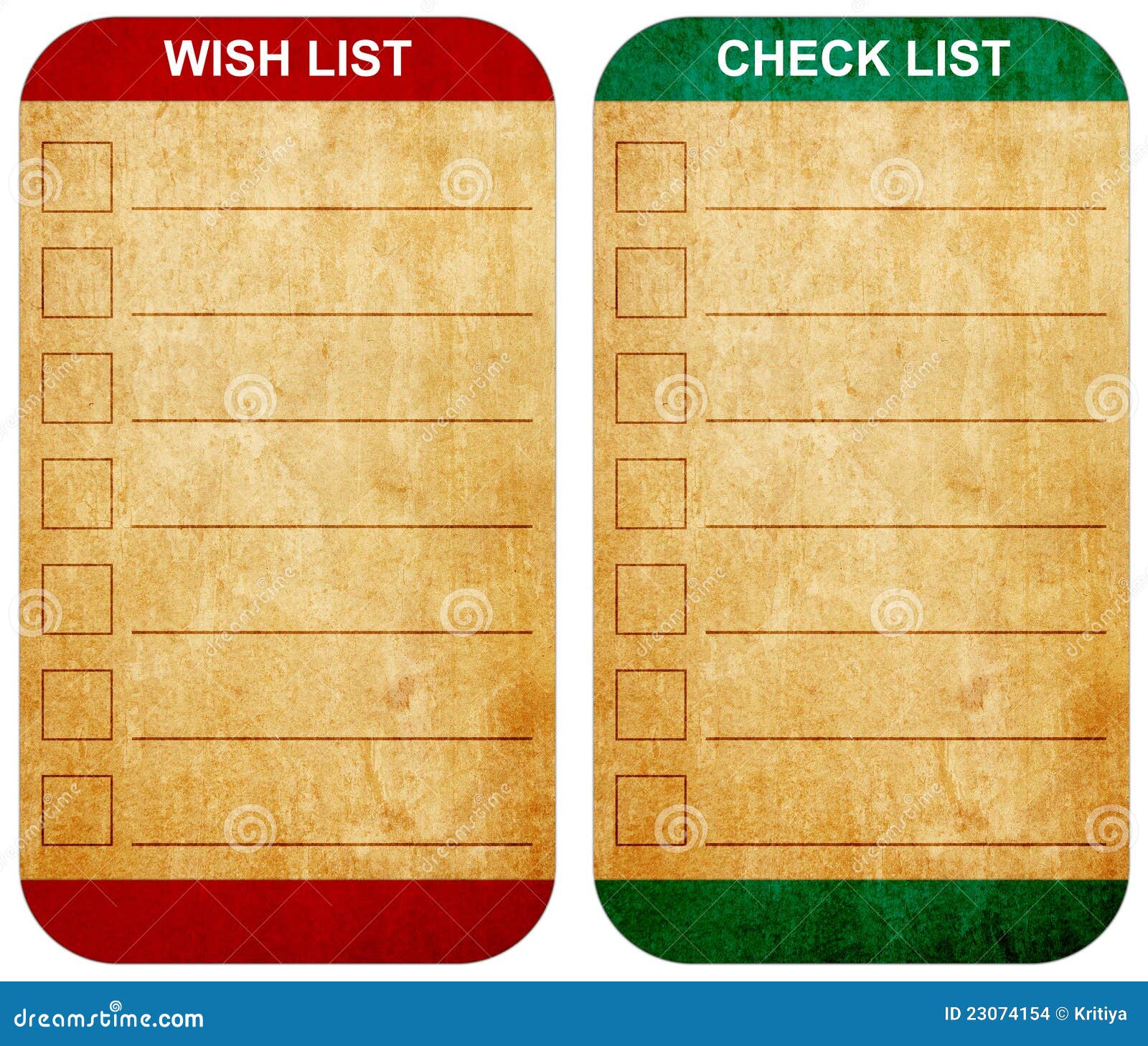

At the end of each day, I measured my overall productivity and stress-levels. The number of meetings I had between Monday and Thursday did vary slightly (I’ve noted where this may have been a factor). Every morning, I set out to complete 12 tasks that required a similar amount of effort, time, and focus, and eight of which were important for me to complete by 5 PM. I scoured HBR’s archives for research on the best to-do list methods out there and pledged to give my four favorites a try.įor four days, I tried four different strategies. There are a lot of methods out there for staying organized, and over the years, I’ve tried most of them: keeping my to-do list in notebooks, bullet journals, paper planners, phone apps, and hundreds of color-coded Post-its plastered to my desk. Sadly, I’ve never quite mastered the whole “ productivity” thing, at least not in a cohesive way. It was around this time that I started experimenting with different planners and to-do lists. There was so much to keep track of: homework, internships, extracurriculars, where I put my car keys. Suddenly, it felt impossible to remember things as well as I used to. My brain changed during my first year of college. (Anyone have an extra proton pack lying around?) Every day it just grows bigger and bigger as I desperately try to get it under control. That’s kind of what my to-do list reminds me of. You know that slimy, green ghost from Ghostbusters? The one that floats around eating everything in sight?

This method is good for self-motivated people with competing priorities who love crossing the easy items off their list (a little too much), and don’t need much support to stay focused.

I tracked my overall productivity and stress levels to see which worked best. But which method prevails? Over four days, I tried four ways of organizing my to-do list. There are a lot of methods out there for staying organized.


 0 kommentar(er)
0 kommentar(er)
